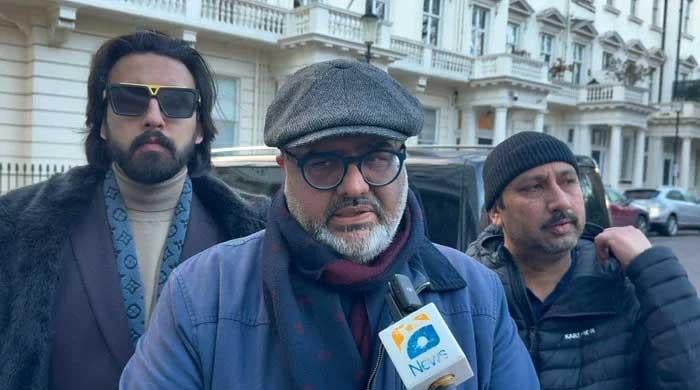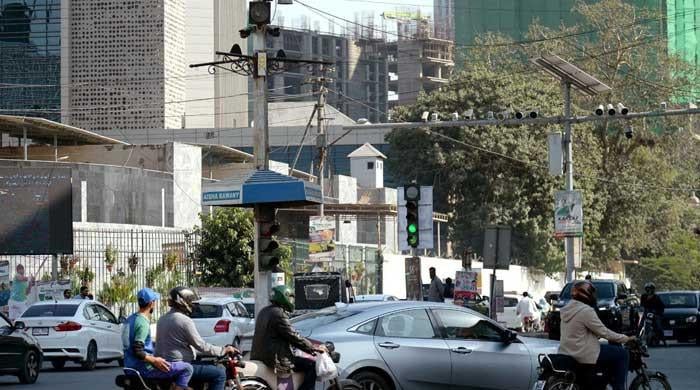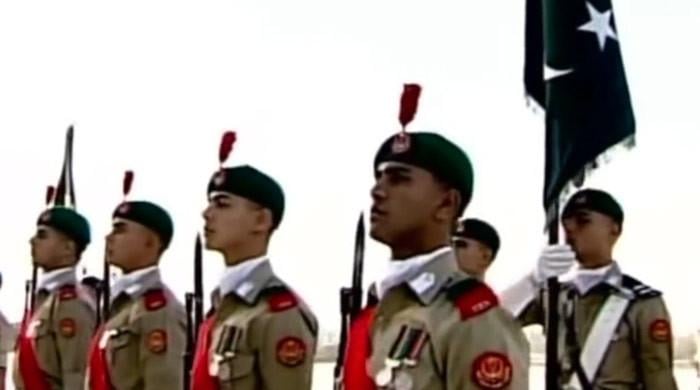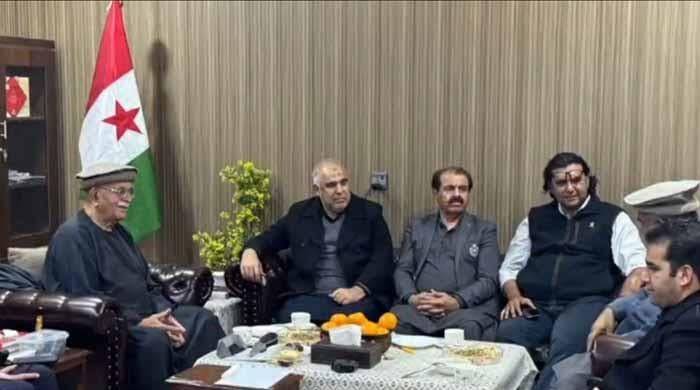The signs for PTI’s big win in Karachi were already there in 2013
Imran Khan’s PTI pulled out a stunning Karachi victory on 14 National Assembly seats, out of a total of 21
August 10, 2018
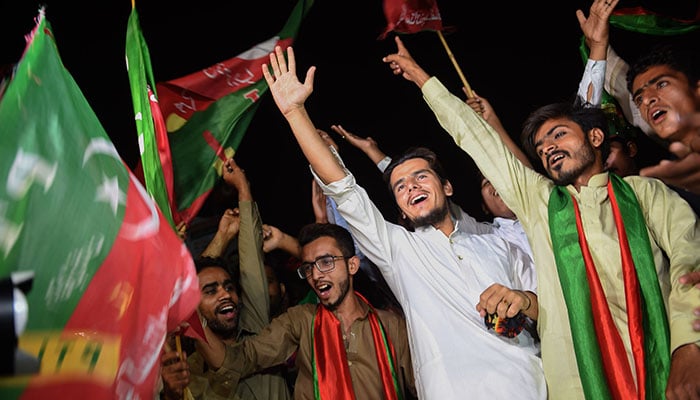
The results of the 2018 election in Pakistan’s most populous city, Karachi, has the political wonks still scratching their heads. Imran Khan’s Pakistan Tehreek-e-Insaf pulled out a stunning victory on 14 National Assembly seats, out of a total of 21. That is quite a turnaround for a party that only managed one parliamentary seat, out of 20, in the last election of 2013.
How was it able to fire up its base?
In 2013, PTI finished second on 16 out of the 20 National Assembly constituencies. Yet, in the last few years, it would come under repeated criticism by the Muttahida Qaumi Movement-Pakistan (MQM-P), the Pakistan Peoples Party (PPP) and the Pakistan Sarzameen Party (PSP). Their go-to-point, after the local government election in the city, was that the PTI secured 6.5 million votes in the 2013 general poll, but only scooped up one million during the municipal vote. This, they believed, pointed towards PTI’s waning popularity.
But there is a marked difference between local government and national election.
Take Lodhran, in Punjab, for example. Here, the Pakistan Muslim League-N (PML-N) swept the local council polls in 2015. Even then, a few months later, PTI’s Jahangir Tareen came out victorious in a by-election. Something similar happened in Lahore. The same year, Abdul Aleem Khan, of Imran Khan’s party, lost to PML-N’s Ayaz Sadiq by only two thousand votes. A razor-thin margin, considering that in the municipal election the PTI got hold of one union council from this constituency.
The lesson is simple. It cost the MQM-P, PPP and PSP dearly to have ignored the PTI. Khan’s political party wasn’t just a dark horse in the 2018 race, it was a strong contender.
The signs, as they say, were already there. Karachi’s most well-entrenched political party, the MQM, was in tatters. Internal rifts and infighting was sapping its electoral strength. Then, in the last three decades, the MQM had gained notoriety for allegedly swelling their numbers, through unfair means, on election day. This was the first voting exercise to be held post the paramilitary operation in the city. Which is why there was a big question mark on who MQM’s former voters, mostly Urdu-speaking, would go for in this poll. That the PTI could even walk off with NA-254, MQM’s home turf, is a good indication to which way they went.
In 2013, MQM sailed through in 17 NA electoral units. In 2018, it could only retain four.
A breakdown of each district of the city is as follows:
In central Karachi, MQM-P and PTI won two seats each. In West, PTI grabbed three NA seats and the MQM one. Over to the South, where PTI picked up both seats. As for the East, PTI won all four seats. In Korangi, two out of three MNAs were from the PTI, while one belonged to the MQM-P. In Malir, PTI got one constituency.
Overall, Tehreek-e-Insaf bagged on average 16,000 or more votes on each seat.
Reportedly, on a campaign visit to Karachi, a local leader said to Imran Khan, “Khan Sb, we are strong even in Nine-Zero and Lyari. If we work hard, we can win from here as well.” On which, the other PTI leaders in the car laughed wholeheartedly. (Lyari was the stronghold of the PPP, while MQM’s home constituency was Azizabad. In 2013, PTI managed more than 20,000 votes in each area). After July 25, it seems that the unnamed local leader wasn’t being too ambitious.




